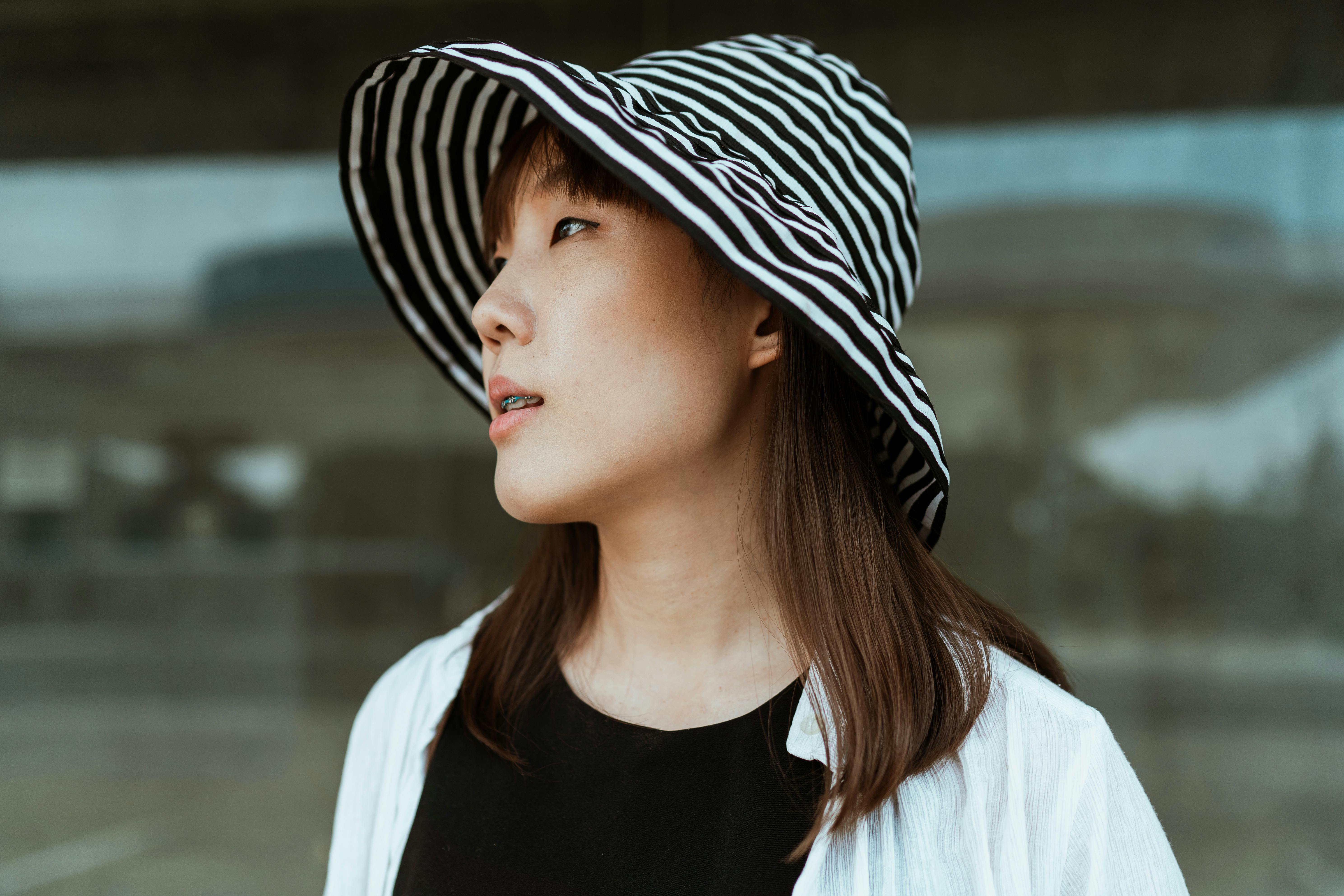25 Dic Hebrew Ceremony History
In the Israeli custom, bridal ceremonies are a occasion for joy and celebration. There are many different beliefs that make up jewish ceremonies but there are a few key moments in any service that will be recognized by most guests. First is the veiling of the bride, known as Bedeken. This is done prior to the ceremony and is a symbol of concealing the couple’s experience from the bridegroom until after they are married. The veil is usually held by her mother https://trustineducation.org/resources/life-as-an-afghan-woman/, girlfriend, or another close female family members.

Next is the change of bands and commitments which take spot under the Chuppah, a ceiling that represents the home that the few does establish up. It is at this point that the man jswipe presents his wife with her circle. The groom finally takes his bride’s side in his, declaring that they are now constitutionally married under Israeli regulation.
Again the chuppah is closed, the partners enters into their welcome which is a moment for song, dancers, and usually instances juggling deeds! The couple may party in circles, with gentlemen with the groom and women with the bride. A mechitzah ( divider ) is placed between the two circles. There is also a festive dancing called the Hora where the handful is lifted into the air with chairs while holding either a handkerchief or towel napkin.
After the dance, the few will have their first meals as a married partners along with their parents, grandparents, and the pastor. During this meal, Birkat Hamazon ( Grace After Meals ) and the Sheva Brachot are recited. The Sheva Brachot are seven riches that draw Divine blessings on the partners for their wedding.

